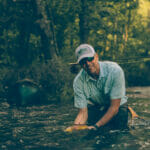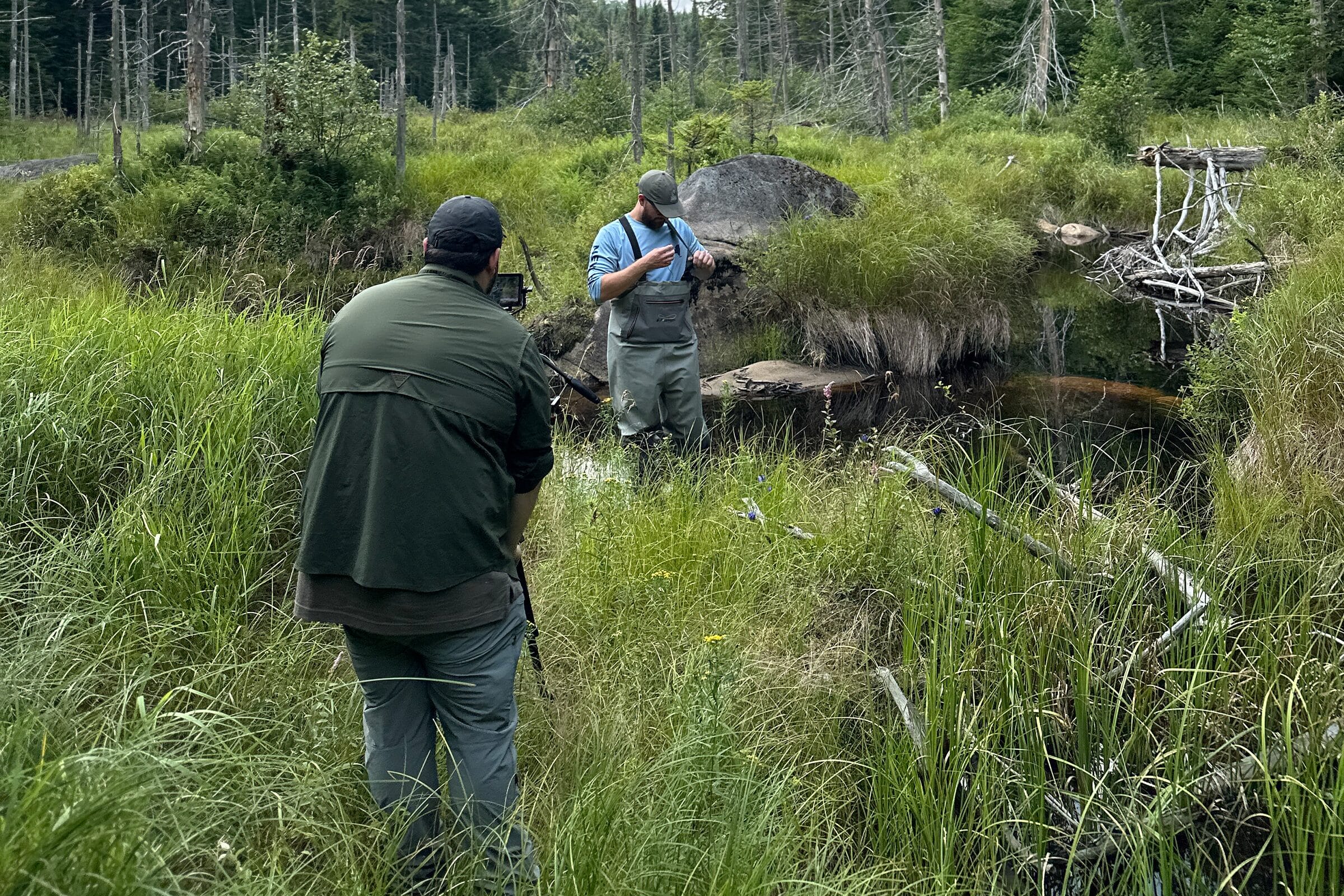A new short film highlights how one such collaboration is moving forward an ambitious restoration effort in New York’s Adirondack Park.
TU is partnering with the New York Department of Environmental Conservation to reconnect 30 miles of trout stream habitat in the Moose River watershed by 2030. The work is the focus of “Connected Conservation: A Future for Adirondack Brook Trout.”
Prior to human intervention, the system featured an interconnected array of small and large streams, swamps and wetlands. Infrastructure built to support road systems has resulted in segmentation of many streams, in large part due to perched culverts that block fish passage.
TU and DEC are working together to survey the landscape to prioritize barriers that need to be improved while also documenting brook trout distribution throughout the watershed.
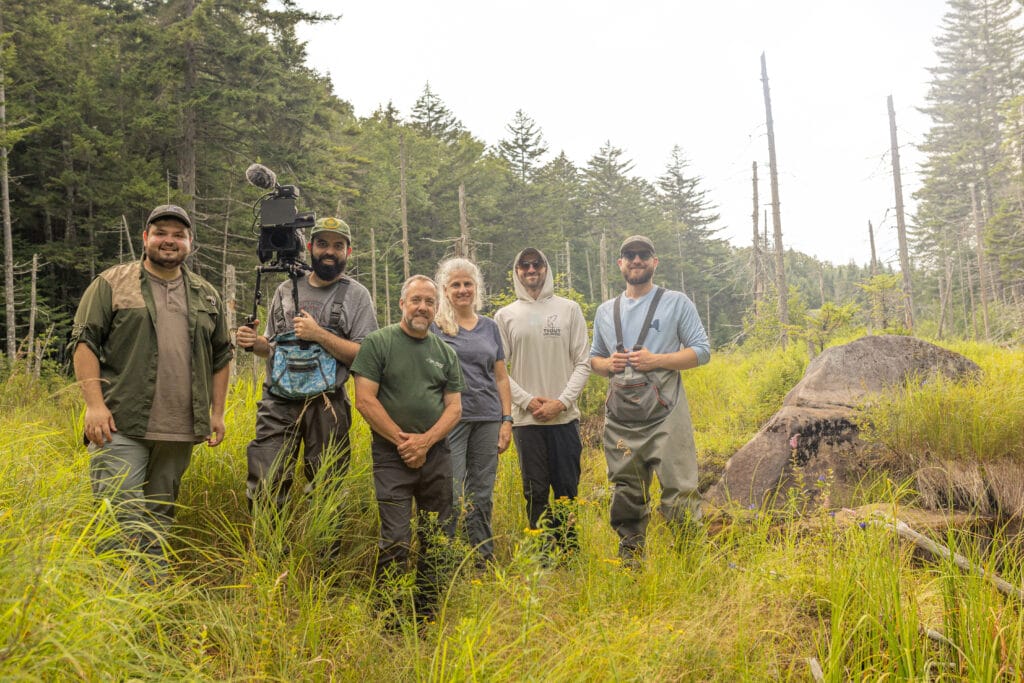
“The beauty of TU is that they really bring the habitat expertise that we rely on,” said Steve Hurst, fisheries bureau chief for the DEC. “We at DEC think that having the broad tent canopy provides for better conservation and provides for a better future.”
TU has significant experience in reconnection work in the Empire State. Since 2018, TU has removed or improved 29 barriers, reconnecting 120 miles of stream habitat.
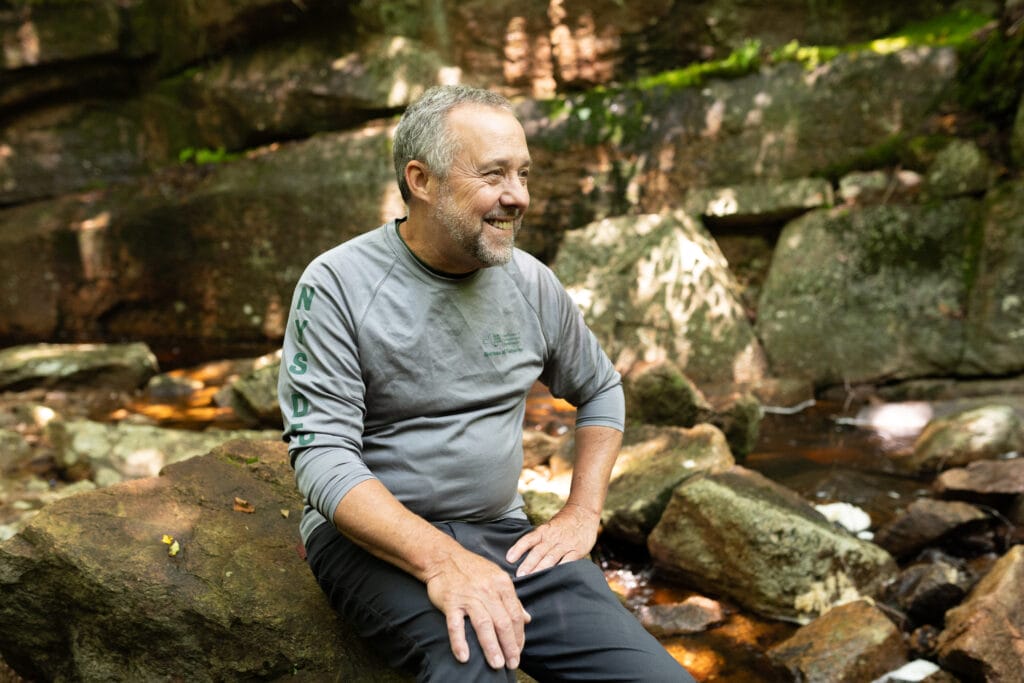
The team effort is key, said Tracy Brown, who heads TU’s restoration work in New York.
“One organization alone can’t do all this work,” Brown said. “This partnership brings enthusiasm and resources that we absolutely need to get work done.”
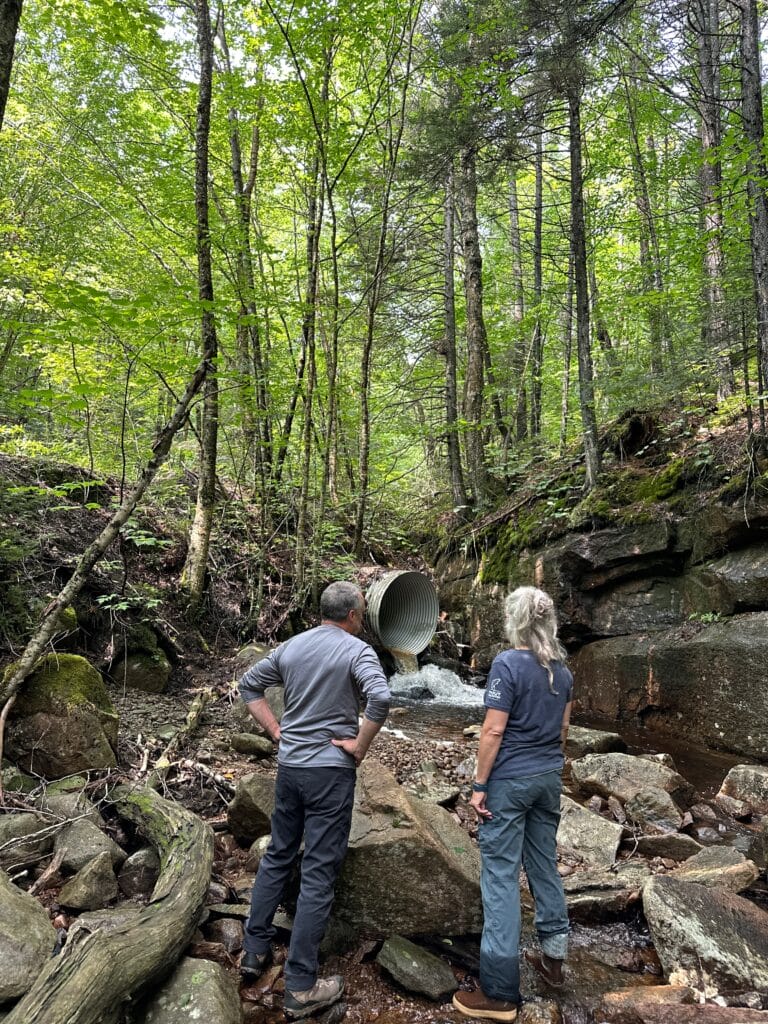
Addressing barriers expands available habitat for trout and other aquatic species for spawning, feeding and thermal refuge during warmer months and contributes to genetic diversity. It also helps protect road and bridge infrastructure during flooding events that are becoming more frequent and severe.
“We’re at a place where we think we can remedy [habitat segmentation] and also have the infrastructure that allows people to enjoy this beautiful place,” Hurst said.
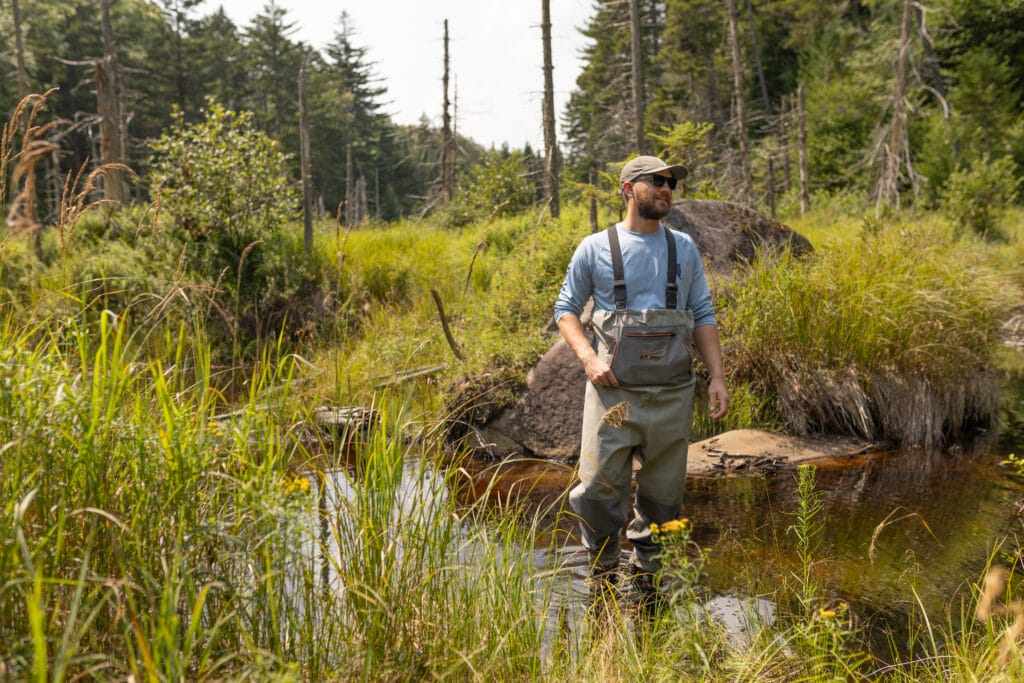
New York’s Environmental Bond Act, overwhelmingly approved by the state’s voters in 2022, is providing the bulk of funding for the work in the Moose River watershed.
There will be opportunities for TU members and supporters to join the effort, said Jesse Vadala, TU’s engagement manager in New York.
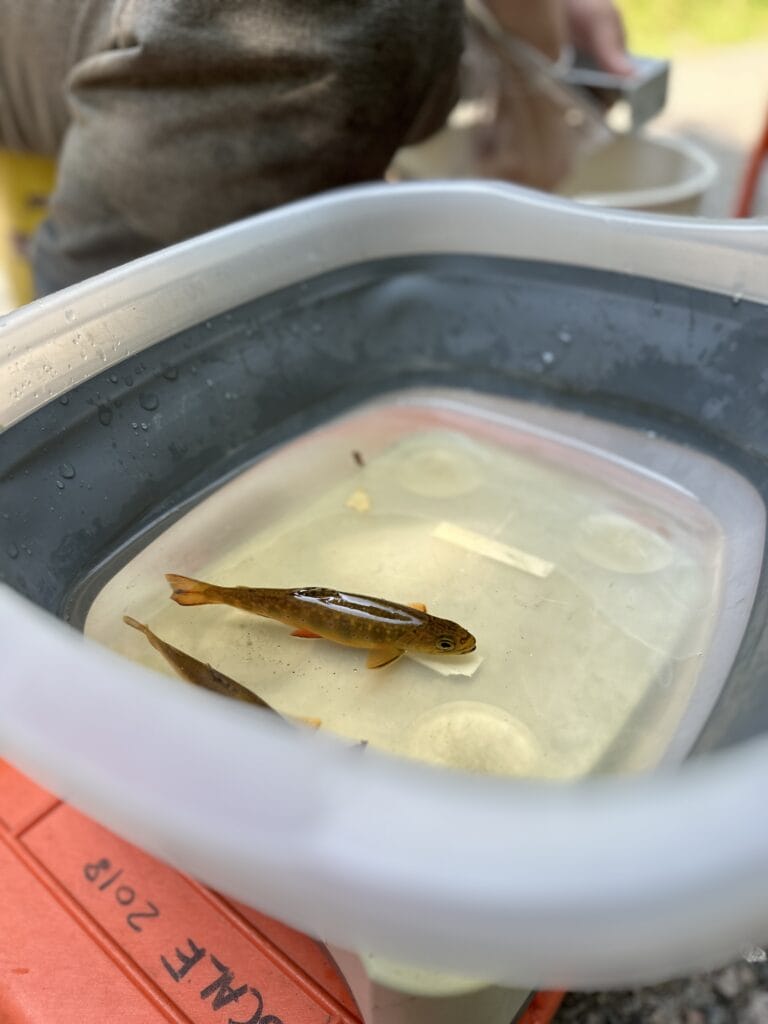
“For folks interested and motivated to take care of native brook trout like the ones you find here in the South Moose, you can get in touch with Trout Unlimited chapters locally for volunteer events,” Vadala said.
‘Connected Conservation: A Future For Adirondack Brook Trout’ was created by the crew from Frequent Flyers Fishing. Video shot and edited by Diego & Diogo DeAssis.


